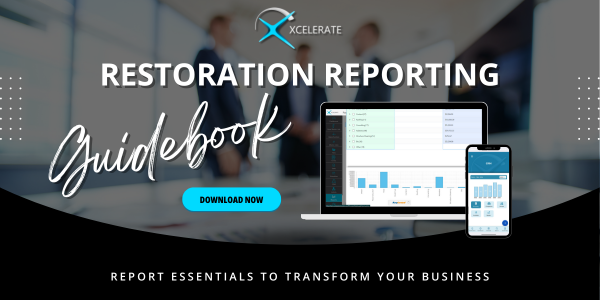Data to Dollars: How Reporting Tools Can Enhance Restoration ROI
May 21, 2024 •Ember Davis

Meta-description:
Introduction: In the competitive landscape of restoration, maximizing return on investment (ROI) is paramount for success. Yet, achieving optimal ROI requires more than just hard work; it demands strategic decision-making based on accurate data analysis. In this blog, we'll explore how reporting tools in restoration software and job management platforms can empower contractors to unlock the full potential of their business operations, turning data into dollars and driving sustainable growth. From understanding key metrics to leveraging actionable insights, let's delve into the transformative power of reporting tools in enhancing restoration ROI.
The Power of Reporting Tools
Reporting tools in restoration software and job management platforms represent a transformative asset for contractors, offering a comprehensive suite of features designed to provide real-time visibility into business performance. These tools empower contractors to access a wealth of data, enabling them to extract actionable insights that drive profitability and growth. By harnessing the capabilities of reporting tools, contractors can make informed decisions based on accurate data analysis, ultimately enhancing their restoration operations and maximizing ROI.
One of the key benefits of reporting tools is their ability to track project costs effectively. With features such as expense tracking and budget adherence reports, contractors can gain a clear understanding of their financial performance throughout the project lifecycle. This allows them to identify areas of overspending, streamline expenses, and optimize resource allocation, ultimately improving overall project profitability.
Additionally, reporting tools enable contractors to analyze customer feedback and satisfaction scores, providing valuable insights into customer preferences and expectations. By tracking customer satisfaction metrics and identifying trends, contractors can make proactive changes to improve the customer experience, ultimately driving customer retention and loyalty. This focus on customer satisfaction not only enhances the reputation of the contractor but also leads to increased referrals and repeat business, further contributing to overall profitability.
Moreover, reporting tools play a crucial role in identifying areas for improvement within the restoration process. By analyzing key metrics such as project timelines, resource utilization, and job completion rates, contractors can identify bottlenecks, inefficiencies, and opportunities for optimization. This allows them to implement targeted strategies to streamline operations, improve productivity, and reduce costs, ultimately driving profitability and growth.
In essence, the power of reporting tools lies in their ability to provide contractors with actionable insights derived from accurate data analysis. By leveraging these insights effectively, contractors can make informed decisions that drive profitability and growth, ultimately positioning their restoration business for long-term success.
Key Metrics for Restoration ROI:
In the quest to enhance restoration ROI, contractors must prioritize tracking key performance indicators (KPIs) that directly correlate with their business objectives. These KPIs serve as vital benchmarks for assessing the health and effectiveness of their restoration operations. By monitoring these metrics regularly and making data-driven decisions, contractors can identify opportunities for improvement and drive positive outcomes.
Job profitability stands as a cornerstone metric in evaluating restoration ROI. By closely monitoring project costs, revenue, and profit margins, contractors can assess the financial health of individual projects and the overall profitability of their business. Understanding which projects yield the highest returns allows contractors to allocate resources more effectively, pursue lucrative opportunities, and mitigate risks that may impact profitability.
Customer satisfaction scores serve as another critical metric for restoration ROI. Satisfied customers are more likely to become repeat clients, refer others to the contractor's services, and contribute to the overall success of the business. By tracking customer feedback, ratings, and reviews, contractors can gauge the quality of their services, identify areas for improvement, and proactively address any issues that may arise. Investing in customer satisfaction not only fosters loyalty but also enhances the reputation and credibility of the contractor, ultimately leading to increased revenue and profitability.
Employee productivity is also paramount in driving restoration ROI. Efficient resource utilization, timely project completion, and effective communication among team members are essential factors that contribute to overall productivity. By monitoring metrics such as project timelines, labor costs, and task completion rates, contractors can identify opportunities to streamline workflows, optimize staffing levels, and enhance operational efficiency. Empowering employees with the tools and resources they need to succeed fosters a culture of excellence and drives positive outcomes for both the business and its clients.
In conclusion, focusing on key metrics such as job profitability, customer satisfaction scores, and employee productivity is essential for enhancing restoration ROI. By monitoring these KPIs regularly and making data-driven decisions, contractors can identify opportunities for improvement, drive operational excellence, and ultimately achieve greater success in the competitive restoration industry.
Leveraging Actionable Insights:
Reporting tools offer restoration contractors a powerful advantage by providing actionable insights that enable proactive decision-making and continuous improvement. These tools go beyond merely presenting data; they analyze trends, identify patterns, and offer strategic recommendations to enhance business performance. By harnessing actionable insights derived from reporting tools, contractors can gain a competitive edge in the restoration industry.
Identifying Trends: Reporting tools allow contractors to identify emerging trends within their restoration business. Whether it's changes in customer preferences, shifts in market demand, or evolving industry regulations, these tools provide valuable insights into the dynamics shaping the restoration landscape. By recognizing trends early on, contractors can adapt their strategies accordingly, seize new opportunities, and mitigate potential risks.
Forecasting Future Challenges: Anticipating future challenges is essential for effective business planning and risk management. Reporting tools enable contractors to forecast potential obstacles based on historical data and predictive analytics. By analyzing trends and extrapolating patterns, these tools can help contractors identify potential bottlenecks, resource constraints, or market disruptions before they occur. Armed with this foresight, contractors can develop proactive strategies to mitigate risks and maintain business continuity.
Optimizing Processes: Reporting tools offer invaluable insights into the efficiency and effectiveness of restoration processes. By analyzing key performance metrics, such as project timelines, resource utilization, and cost efficiency, contractors can pinpoint areas for improvement and optimization. Whether it's streamlining workflows, reallocating resources, or implementing new technologies, these insights enable contractors to optimize their processes for maximum productivity and profitability.
Empowering Proactive Decision-Making: Perhaps the most significant benefit of actionable insights is their ability to empower contractors to make proactive decisions that drive business success. Rather than reacting to events as they unfold, contractors can anticipate challenges, seize opportunities, and chart a course for growth. By leveraging actionable insights from reporting tools, contractors can take decisive action to capitalize on market trends, enhance customer satisfaction, and achieve their business objectives.
Restoration Reporting Guidebook:
To help contractors harness the full potential of reporting tools and maximize their restoration ROI, we offer a comprehensive guidebook that serves as a roadmap to success. Our Restoration Reporting Guidebook covers everything from understanding the basics of reporting to leveraging advanced analytics techniques. By downloading our guidebook, contractors gain access to practical tips, best practices, and real-world examples that will empower them to turn data into dollars and drive sustainable growth in their restoration business.
Reporting tools in restoration software and job management platforms are powerful assets that can enhance restoration ROI and drive sustainable growth. By understanding key metrics, leveraging actionable insights, and harnessing the capabilities of reporting tools effectively, contractors can unlock the full potential of their business operations and achieve long-term success.
To learn more about how reporting tools can enhance restoration ROI, download our Restoration Reporting guidebook today and start turning data into dollars in your restoration business.


